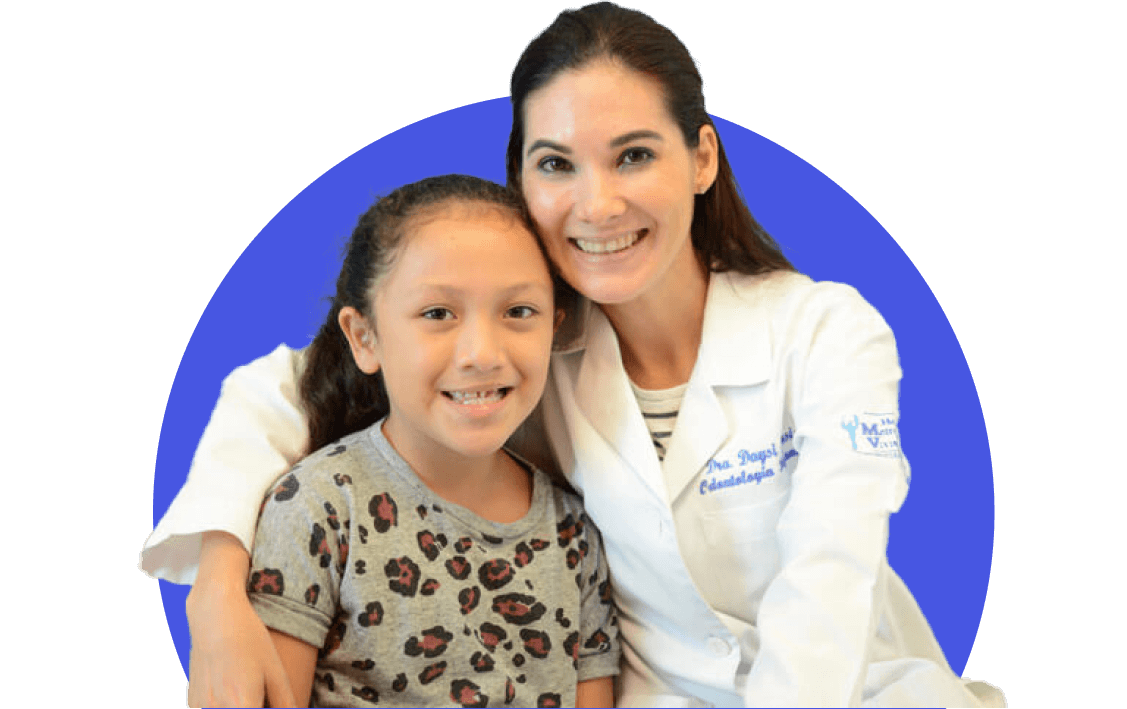- Cleft Home
- What is Cleft Lip and/or Palate?
- Prenatal Diagnosis
- Feeding Your Baby
- What is a Cleft Team?
- Surgery
- Hearing, Speech, and Dental Care
- Paying for Treatment
- Managing Feelings
- Craniofacial Conditions
- Toddlers and Preschoolers
- The School-Aged Years
- The Teenage Years
- Letter to a Teacher
- Information for Adults
- Support Organizations
- Learn More: Downloads
- Cleft Home
- What is Cleft Lip and/or Palate?
- Prenatal Diagnosis
- Feeding Your Baby
- What is a Cleft Team?
- Surgery
- Hearing, Speech, and Dental Care
- Paying for Treatment
- Managing Feelings
- Craniofacial Conditions
- Toddlers and Preschoolers
- The School-Aged Years
- The Teenage Years
- Letter to a Teacher
- Information for Adults
- Support Organizations
- Learn More: Downloads
What is an alveolar cleft?
Sometimes, a child born with a cleft lip and/or palate also has a cleft in the gumline. The bone under the gumline is called the alveolar ridge. The gap is called an alveolar cleft. An alveolar cleft originates near the teeth and can extend all the way up to the nose. Just like a cleft lip, an alveolar cleft can occur on one side of the mouth or on both sides.
What are the goals of bone-graft surgery?
Bone graft surgery, also called alveolar cleft repair, closes the space(s) in the bones beneath the gums so the teeth will have a place to grow. Without a strong maxilla (upper jaw), the adult incisor and canine teeth could fall out, the teeth around the cleft area could become crowded and crooked, and the gums could get irritated. Later on, braces may not be effective.
Bone-graft surgery also closes any holes in the gum itself. While a surgeon on the cleft team will close most of the opening between the mouth and the nose during cleft palate-repair surgery (usually performed during a baby’s first year), a child may still have a cleft in the gumline. Closing this cleft will stop liquids from leaking through the gumline and coming out of the nose. It will also prevent food from getting caught in that space and will block air from escaping during speech. Bone-graft surgery also increases bone support to the nose, which can make the nose look more symmetrical.
Will my child need bone-graft surgery?
An alveolar cleft can be mild for one child and severe for another. Even a mild cleft requires treatment. To learn about a child’s case, a surgeon will examine the mouth, gums, and teeth. The surgeon may take x-rays to learn about the size of the cleft and the health of the teeth around it. X-rays may include regular plain films or a low-power CT scan called a cone beam CT scan.
Why is timing important?
The timing of bone graft surgery depends in part on the growth of certain teeth in a child’s mouth. The best time to do alveolar cleft repair is when certain adult teeth are forming, but have not yet come in (erupted). This stage can happen between ages six and 12, the most common window occurring between ages six and nine. Once the incisor and canine teeth erupt, they will need a strong, healthy bone as an anchor.
In some cases, a surgeon will recommend a child undergo bone-graft surgery before any teeth have erupted in the mouth. Be sure to talk with the surgeon on your team for more information.
What is maxillary expansion?
Treatment for alveolar clefts almost always includes orthodontic care. It is common for a person born with an alveolar cleft to have an incorrectly shaped upper jaw. Orthodontic treatment moves the upper jaw into a correct “U” shape. It also aligns the top jaw with the bottom jaw. Most orthodontists do this treatment with a palate expander or another device. The process is called maxillary expansion.
Some children receive maxillary expansion before bone graft surgery, others afterwards. The surgeon and orthodontist on a child’s team will work together to coordinate treatment. In most cases, maxillary expansion lasts six to 12 months. A second phase of orthodontic treatment may be needed afterwards, with braces.
What happens during bone-graft surgery?
Bone-graft surgery is performed by a surgeon on the cleft team. For this procedure, a surgeon uses a small amount of healthy bone to patch the space(s) of the alveolar cleft. Sometimes, this bone is taken from somewhere else in the child’s body. In these cases, the surgeon’s first task is to remove a small amount of bone from the donor site. Then, the surgeon places the new bone material into the space of the cleft and closes the gums with absorbable stitches. With time, the new bone and old bone will join and heal completely.
Where does the new bone come from?
The bone that fills an alveolar cleft can come from one of several places. Most often, a surgeon uses a small piece of bone from somewhere else in the child’s body, such as the hip or shinbone.
Another method is to use bone from outside the body, called substitute bone, such as a human cadaver or from an animal (such as a pig). Substitute bone can also be synthetic.
A third method involves closing the alveolar cleft with a Bone Morphogenic Protein (BMP), a protein that signals a child’s body to grow new bone. When choosing a method, the surgeon considers the size of the cleft, the kind of bone needed, the health of the child, and personal preference.
What can a patient eat after bone-graft surgery?
It is important to prevent damage to the surgical site following alveolar cleft repair. For two to three weeks after the procedure, a child will need to follow a liquid diet. The surgeon will then approve a soft-foods diet. Six to eight weeks after surgery, a child will be cleared for a regular diet. All liquid and soft foods should contain a good balance of carbohydrates, fats, and protein. A dietitian is a professional who can give families ideas about calories and nutrition.
Oral hygiene is also extremely important following bone-graft surgery. Be sure to speak to your child’s surgeon for more information on ways to ensure the bone graft is successful.
Read the ACPA Bone-Graft Surgery booklet



